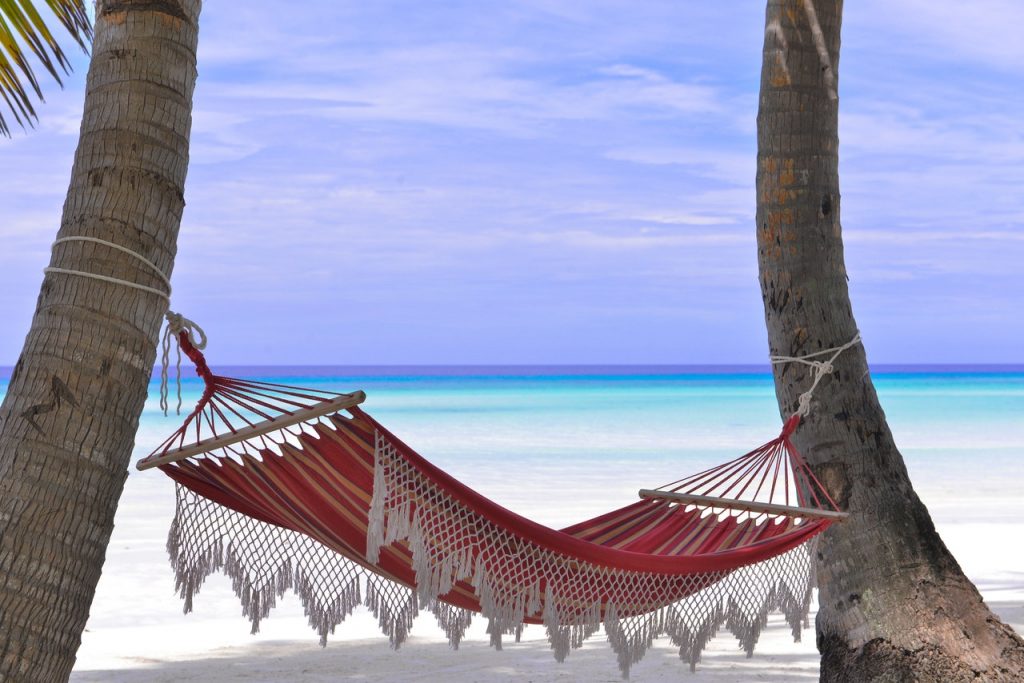At some point in our lives, we want to settle down in a place that we consider a dream home. Many travelers want to experience various cultures and traditions right before finding a suitable place to settle down for a few years. Most of the time, many tourists and travelers will settle in tropical regions like Hawaii or Southeast Asian countries like Singapore, the Philippines, Bali, and Vietnam to search for spirituality. There has been an uptick in spiritual tourism in Asia in the past few years.
Almost all types of travelers want to settle down in a tropical getaway that’s a far cry from the city’s hustle and bustle. But compared to most homes situated in more temperate climates and concrete environments, temperate homes will require special maintenance and material needs. But compared to homes in temperate regions that have to face four seasons throughout the year, tropical homes are relatively simple to maintain.
However, most individuals who want to settle down close to quiet tropical beaches or close to remote tropical countrysides will have to consider various environmental factors that can affect your home’s overall appeal, atmosphere, and lifespan. In many tropical countries, temperatures can reach up to 107 Fahrenheit, which can rise even further if you’re staying in a concrete apartment with no air conditioning. Most will also have to contend with damages from heavy rain and storms.
That said, travelers will have to meticulous and keen-to-detail with several features of their tropical home. So what are some essential features that you’ll need to weigh in when you’re building your own simple but elegant low home? Here’s what you’ll need to know.
Minding Your Roofing System
If you’ve gone to many Asian and tropical countries, you’ll notice that those usually in the path of storms and monsoons will have steeper roofs. Why? Roofs are the first and last line of defense of homes against heavy rain and storms that might cause damage. Steep roofing is excellent for redirecting water off your roof faster than roofs that have lower pitches.
It’s important to note that the larger your home is, the lower the pitch since your roof will need to accommodate a more expansive property. Gutters are also essential to keep water away from your home’s structure and foundation. Water damage can slowly damage the surrounding structures of your home if you’re not careful enough.
As much as possible, you’ll want your roof to be simple. The general rule of thumb is the more surface area you have, the more likely there will be leaks and damages to your roof.

Safety and Security
Just like in almost any property, it’s important to let others know that your property is private. Safety and security should be your priority when you’re still in the process of planning your home. For most homes in these regions, your home’s overall design is usually influenced by natural factors like flooding, strong winds, or passively cooling your area. For instance, most homes that are situated in flooded areas will usually be elevated. This is true among homes in the Philippines that are a few feet from the ground to prevent water and predators from reaching the house.
Fencing is one of the best ways of securing your home’s perimeter while keeping predators and “unwelcome” guests away. This is especially useful if you’re living close to a body of water or the ocean. Most residents will usually use bamboo fences since they’re sturdy and cost-effective. But if you’re looking for fencing that’s resistant to high winds, rotting, rusting, and high-energy impacts, you might want to consider Trex fencing for their high-quality fences. Whether you’re living in a tropical area or a more temperate location, these fences have been lauded as one of the best alternatives to wood and vinyl fences.
Ventilation and Cooling
One of the trademarks of having a tropical home is that you don’t necessarily have to invest in a ventilation system or cool when you can let the cool air and wind through, especially during mornings. Passive cooling is considered one of the benefits of having a traditional tropical home since all you need are wide windows.
When it comes to maintaining and making your tropical home comfortable for you and your family, you’ll need to keep in mind the elements. Whether your tropical house is a place you’re planning on staying for a few years or a permanent one, you’ll need to keep these features in mind. Having a combination of both traditional and modern ideas will help you achieve your own tropical paradise in no time.

